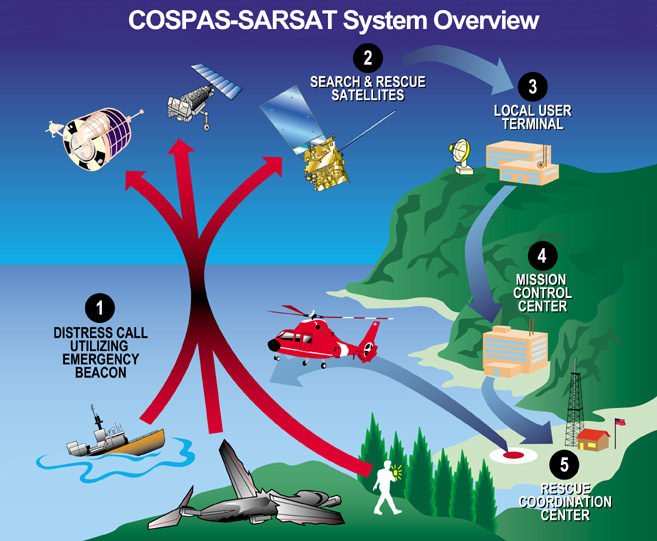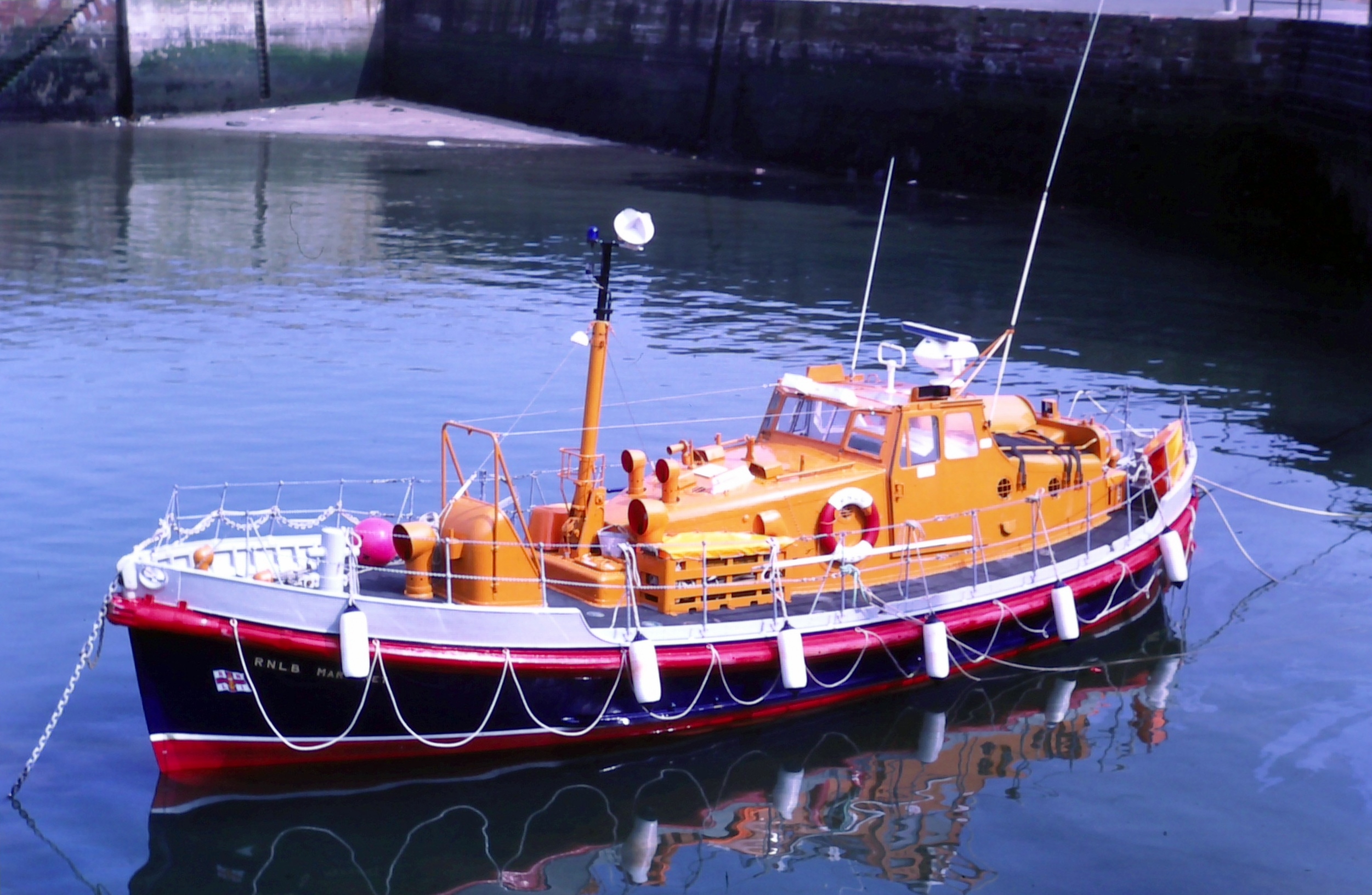|
Maritime Emergency
A maritime emergency is usually any serious distress to a maritime vessel or her crew. See also * Coast guard * Emergency Position-Indicating Radio Beacon (EPIRB) * Flare gun * Global Maritime Distress Safety System * Lifeboat * Mayday (distress signal) Mayday is an emergency procedure word used internationally as a distress signal in voice-procedure radio communications. It is used to signal a life-threatening emergency primarily by aviators and mariners, but in some countries local organiza ... Rescue Water transport {{Disaster-stub ... [...More Info...] [...Related Items...] OR: [Wikipedia] [Google] [Baidu] |
Coast Guard
A coast guard or coastguard is a maritime security organization of a particular country. The term embraces wide range of responsibilities in different countries, from being a heavily armed military force with customs and security duties to being a volunteer organization tasked with search and rescue without law enforcement authority. In most countries, a typical coast guard's functions are distinct from those of the navy (a military service) and the transit police (a law enforcement agency), while in certain countries has similarities to both. History The predecessor of the United Kingdom's modern His Majesty's Coastguard was established in 1809 as the Waterguard, a department of the HM Customs and Excise authority, which was originally devoted to the prevention of smuggling. At the time, due to high UK taxation on liquors such as brandy, and on tobacco etc., smuggling of such cargoes from places such as France, Belgium, and Holland was an attractive proposition for many; ... [...More Info...] [...Related Items...] OR: [Wikipedia] [Google] [Baidu] |
Emergency Position-Indicating Radio Beacon
An Emergency Position-Indicating Radio Beacon (EPIRB) is a type of emergency locator beacon for commercial and recreational boats, a portable, battery-powered radio transmitter used in emergencies to locate boaters in distress and in need of immediate rescue. In the event of an emergency, such as a ship sinking or medical emergency onboard, the transmitter is activated and begins transmitting a continuous 406 MHz distress radio signal, which is used by search-and-rescue teams to quickly locate the emergency and render aid. The signal is detected by satellites operated by an international consortium of rescue services, COSPAS-SARSAT, which can detect emergency beacons anywhere on Earth transmitting on the distress frequency of 406 MHz. The satellites calculate the position or utilize the GPS coordinates of the beacon and quickly passes the information to the appropriate local first responder organization, which performs the search and rescue. As Search and Rescue approach the ... [...More Info...] [...Related Items...] OR: [Wikipedia] [Google] [Baidu] |
Flare Gun
A flare gun, also known as a Very pistol or signal pistol, is a large-bore handgun that discharges flares, blanks and smoke. The flare gun is typically used to produce a distress signal. Types The most common type of flare gun is a Very (sometimes spelled Verey), which was named after Edward Wilson Very (1847–1910), an American naval officer who developed and popularized a single-shot breech-loading snub-nosed pistol that fired flares (Very lights). They have a single action trigger mechanism, hammer action, and a center fire pin. Modern varieties are frequently made out of durable plastic of a bright colour that makes them more conspicuous and easier to retrieve in an emergency and assists in distinguishing them from conventional firearms. The Very pistol, typical of the type used in the Second World War, are of one inch bore (26.5mm), now known as "Calibre 4" for signal pistols. These are still available and more recent longer barrel models can also fire parachute flares ... [...More Info...] [...Related Items...] OR: [Wikipedia] [Google] [Baidu] |
Global Maritime Distress Safety System
The Global Maritime Distress and Safety System (GMDSS) is a worldwide system for automated emergency signal communication for ships at sea developed by the United Nations' International Maritime Organization (IMO) as part of the SOLAS Convention. It's a set of safety procedures, types of equipment, and communication protocols used for safety and rescue operations of the distressed ships, boats, and aircraft. It's supplemental to the International Convention on Maritime Search and Rescue (ICMSaR) adopted in 1979 and provides basis for the communication. GMDSS consists of several systems which are intended to perform the following functions: alerting (including position determination of the ship in distress) ships in the vicinity and ashore authorities, search and rescue coordination, locating (homing), maritime safety information broadcasts, general communications, and bridge-to-bridge communications. Specific radio carriage requirements depend upon the ship's area of operatio ... [...More Info...] [...Related Items...] OR: [Wikipedia] [Google] [Baidu] |
Lifeboat (rescue)
A rescue lifeboat is a boat rescue craft which is used to attend a vessel in distress, or its survivors, to rescue crew and passengers. It can be hand pulled, sail powered or powered by an engine. Lifeboats may be rigid, inflatable or rigid-inflatable combination-hulled vessels. Overview There are generally three types of boat, in-land (used on lakes and rivers), in-shore (used closer to shore) and off-shore (into deeper waters and further out to sea). A rescue lifeboat is a boat designed with specialised features for searching for, rescuing and saving the lives of people in peril at sea or in estuaries. In the United Kingdom and Ireland rescue lifeboats are typically vessels crewed by volunteers, intended for quick dispatch, launch and transit to reach a ship or individuals in trouble at sea. Off-shore boats are referred to as 'All-weather' and generally have a range of 150–250 nautical miles. Characteristics such as capability to withstand heavy weather, fuel capacity, navi ... [...More Info...] [...Related Items...] OR: [Wikipedia] [Google] [Baidu] |
Mayday (distress Signal)
Mayday is an emergency procedure word used internationally as a distress signal in voice-procedure radio communications. It is used to signal a life-threatening emergency primarily by aviators and mariners, but in some countries local organizations such as firefighters, police forces, and transportation organizations also use the term. Convention requires the word be repeated three times in a row during the initial emergency declaration ("Mayday mayday mayday") to prevent it being mistaken for some similar-sounding phrase under noisy conditions, and to distinguish an ''actual'' mayday call from a message ''about'' a mayday call. History The "mayday" procedure word was conceived as a distress call in the early 1920s by Frederick Stanley Mockford, officer-in-charge of radio at Croydon Airport, England. He had been asked to think of a word that would indicate distress and would easily be understood by all pilots and ground staff in an emergency. Since much of the air traffic at t ... [...More Info...] [...Related Items...] OR: [Wikipedia] [Google] [Baidu] |
Rescue
Rescue comprises responsive operations that usually involve the saving of life, or the urgent treatment of injuries after an accident or a dangerous situation. Tools used might include search and rescue dogs, mounted search and rescue horses, helicopters, the "jaws of life", and other hydraulic cutting and spreading tools used to extricate individuals from wrecked vehicles. Rescue operations are sometimes supported by rescue vehicles operated by rescue squads. Rescue is a potent theme in human psychology, both from mortal perils and moral perils, and is often treated in fiction, with the rescue of a damsel in distress being a notable trope. Psychoanalyst Sigmund Freud introduced the concept of "rescue fantasies" by men pursuing "fallen women" in his 1910 work "A Special Type of Choice of Object Made by Men"; Freud's insight into this aspect of male psychology might retain merit, though his proposed Oedipus complex used to frame this concept is no longer in vogue. Withi ... [...More Info...] [...Related Items...] OR: [Wikipedia] [Google] [Baidu] |
.jpg)



